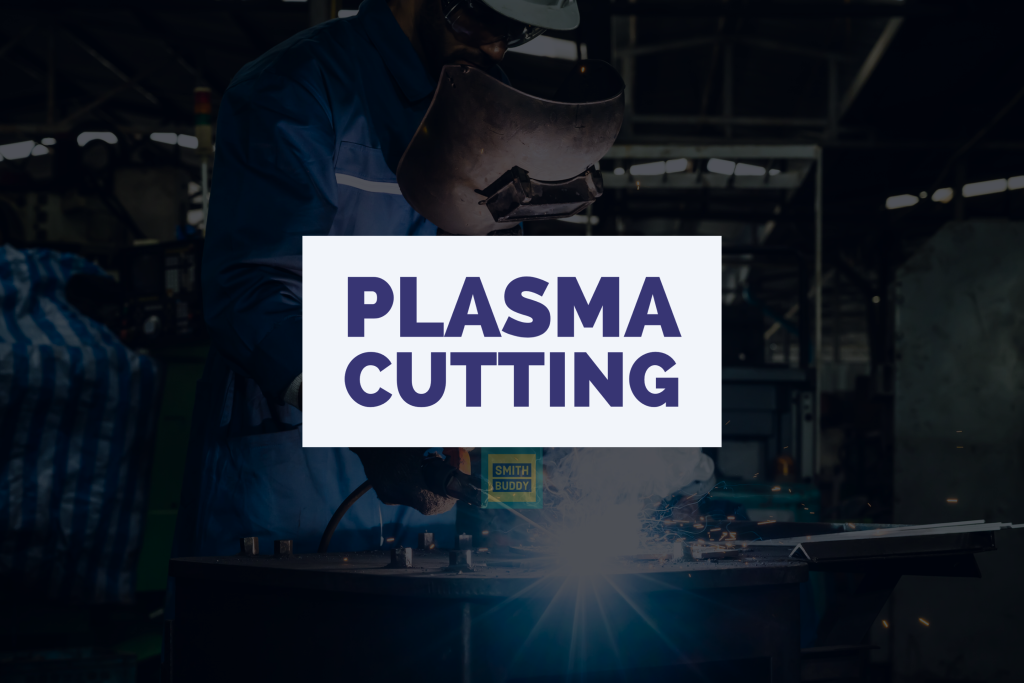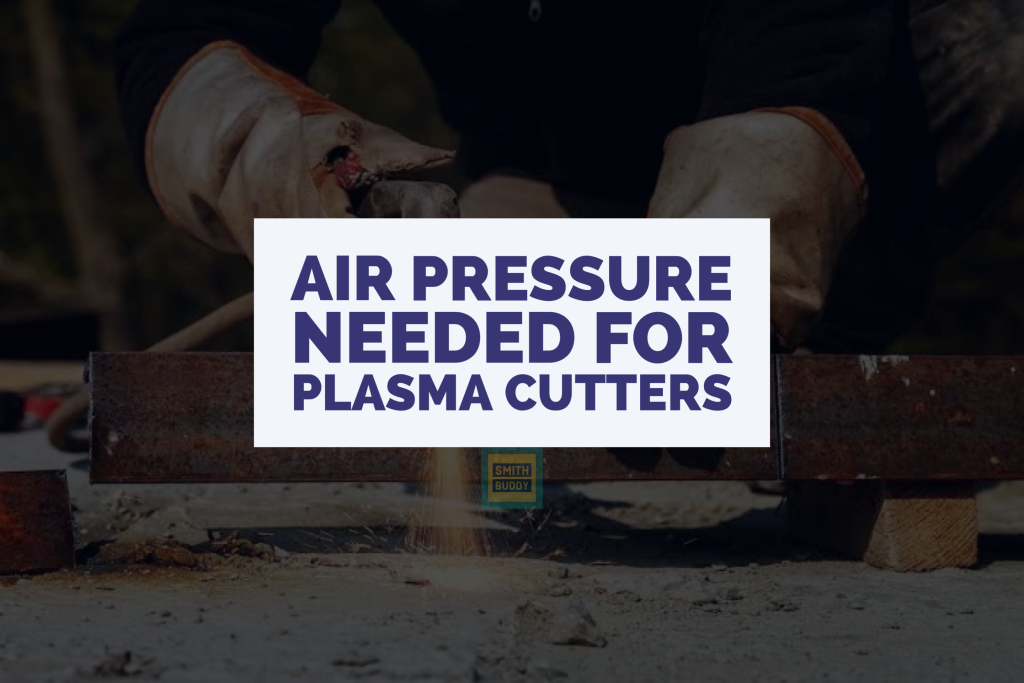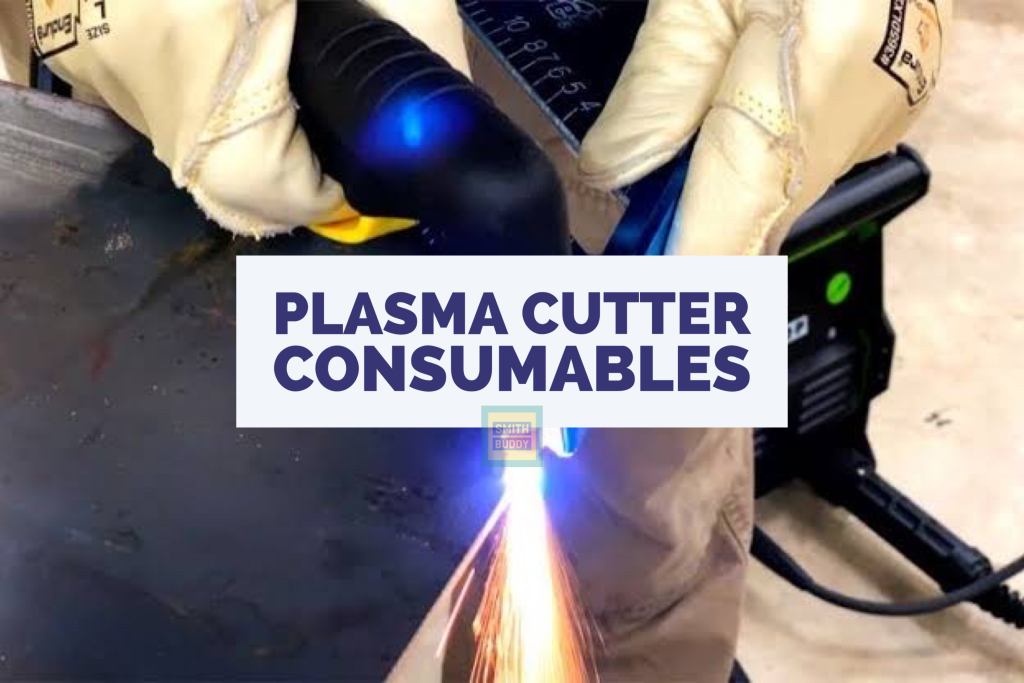Plasma cutting is a widely used method for cutting metals and other materials in a variety of industries, from automotive and aerospace to construction and manufacturing. If you’re in the market for plasma cutting services, one of the factors you’ll need to consider is the price per inch. In this blog, we’ll explore what affects the plasma cutting price per inch and how you can reduce this cost.
What Affects Plasma Cutting Price Per Inch?
There are several factors that can impact the price per inch of plasma cutting services. Some of the most common include:
Material Type and Thickness
The type of material you need to cut and its thickness will affect the plasma cutting price per inch. Different materials have different properties and require different settings on the plasma cutter to achieve a clean cut. Thicker materials will also require more time and energy to cut, which will increase the overall cost.
Case Study 1: Material Type and Thickness
A company that specializes in fabricating metal parts for the automotive industry was looking to reduce their plasma cutting costs. They found that their plasma cutting provider was charging more for cutting thicker materials, which was increasing the price per inch for their parts. To address this issue, the company decided to switch to thinner materials wherever possible. By using 16-gauge instead of 14-gauge steel, for example, they were able to reduce their material costs and lower the price per inch of their plasma cutting services.
Complexity of the Design
The complexity of the design you need to cut will also affect the price per inch. Intricate designs with many curves and angles will take longer to cut and require more precise settings on the plasma cutter, which will increase the cost.
Case Study 2: Complexity of the Design
A company that manufactures metal components for the aerospace industry needed to reduce their plasma cutting costs for a complex part that required multiple cuts and angles. They worked with their plasma cutting provider to simplify the design and reduce the number of cuts required. By using a combination of laser cutting and plasma cutting, they were able to achieve the same result with fewer cuts and angles, reducing the time and cost of the cutting process.
Machine and Equipment Costs
The cost of the plasma cutting machine and other equipment used for the job will also factor into the price per inch. Some companies may charge more for their services to cover the cost of maintaining and upgrading their equipment.
Case Study 3: Machine and Equipment Costs
A company that produces metal parts for the construction industry was struggling with high plasma cutting costs due to the cost of maintaining and upgrading their equipment. To address this issue, they decided to outsource their plasma cutting services to a provider with more advanced and efficient equipment. By partnering with a provider that had invested in newer and more advanced plasma cutting machines, the company was able to reduce the price per inch of their cutting services and improve the quality of their parts.
Labor Costs
The cost of labor to perform the plasma cutting will also affect the price per inch. More experienced and skilled operators may charge more for their services, as they can ensure a higher quality cut and minimize waste.
Geographic Location
The location of the plasma cutting service provider can also impact the price per inch. Some areas may have a higher cost of living, which can drive up labor and equipment costs.
How to Reduce Plasma Cutting Price Per Inch?
Now that we’ve covered what factors affect the plasma cutting price per inch, let’s look at some strategies you can use to reduce this cost.
Before diving into the main part, let’s have a look at the best plasma cutters & the best air dryers here.
- Optimize Material Usage: One of the best ways to reduce the price per inch of plasma cutting is to optimize your material usage. This means designing your parts and components in a way that minimizes waste and maximizes the number of parts that can be cut from a single sheet of material.
- Simplify Your Design: As we mentioned earlier, complex designs can increase the price per inch of plasma cutting. By simplifying your design and reducing the number of curves and angles, you can save time and money on the cutting process.
- Choose the Right Material: Choosing the right material for your application can also help reduce the price per inch of plasma cutting. Thicker and harder materials will be more expensive to cut, so consider using thinner materials or materials with a lower hardness rating.
- Shop Around for Quotes: Don’t be afraid to shop around for plasma cutting service providers and compare quotes from different companies. By doing your research and finding a provider that offers competitive pricing, you can save money on your cutting needs.
- Negotiate with Your Provider: Finally, consider negotiating with your plasma cutting service provider to see if you can get a better price per inch. If you have a long-term relationship with the provider or are willing to commit to a larger volume of work, they may be willing to offer you a discounted rate.
Example 1: Choosing the Right Material
A company that produces custom metal signs and artwork needed to reduce their plasma cutting costs to remain competitive in the market. They found that by using thinner materials with a lower hardness rating, they could achieve the same level of detail and precision while reducing the price per inch of their cutting services. By using 20-gauge aluminum instead of 16-gauge steel, for example, they were able to achieve a similar level of quality while reducing their material and cutting costs.
Example 2: Negotiating with Your Provider
A company that manufactures metal brackets and fixtures for the construction industry was able to reduce their plasma cutting costs by negotiating with their provider. They had been using the same plasma cutting provider for several years but found that the price per inch was becoming increasingly expensive. By renegotiating their contract and committing to a larger volume of work, they were able to secure a discounted rate from their provider, reducing their plasma cutting costs and improving their bottom line.
Set your pricing wisely
Setting a plasma cutting pricing formula can depend on various factors, such as the cost of materials, overhead expenses, labor costs, and market competition. Here are some steps you can follow to create a pricing formula:
- Calculate your cost of materials: Determine the cost of the metal sheets or other materials you will use for plasma cutting. Make sure to include the cost of consumables like electrodes, nozzles, and gas.
- Determine your overhead expenses: Calculate all of the expenses associated with running your business, such as rent, utilities, insurance, and equipment maintenance.
- Determine your labor costs: Estimate the amount of time it will take to complete a plasma cutting job, and multiply it by your hourly rate.
- Add all costs together: Add the cost of materials, overhead expenses, and labor costs together to determine your total cost.
- Add your profit margin: Determine your desired profit margin and add it to your total cost. For example, if you want to make a 30% profit, multiply your total cost by 1.3.
- Consider market competition: Research what other plasma cutting services in your area charge and adjust your pricing accordingly.
- Set a price: Once you have considered all of the above factors, set a price that is competitive but also profitable for your business.
Keep in mind that your pricing formula may need to be adjusted over time as your business grows and changes.
Conclusion
Plasma cutting can be a cost-effective way to cut metals and other materials for a wide range of applications. However, the price per inch can vary depending on several factors, including the material type and thickness, the complexity of the design, and the cost of labor and equipment. To reduce the plasma cutting price per inch, consider optimizing your material usage, simplifying your design, choosing the right material, shopping around for quotes, and negotiating with your provider.





